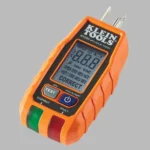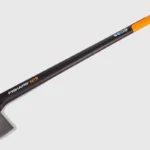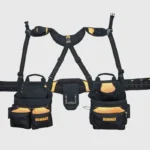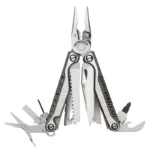Welding is a crucial skill in metalworking that demands precision, patience, and the right set of tools. Whether you’re a seasoned pro or just starting out, having the right hand tools can make all the difference in the quality and safety of your work.
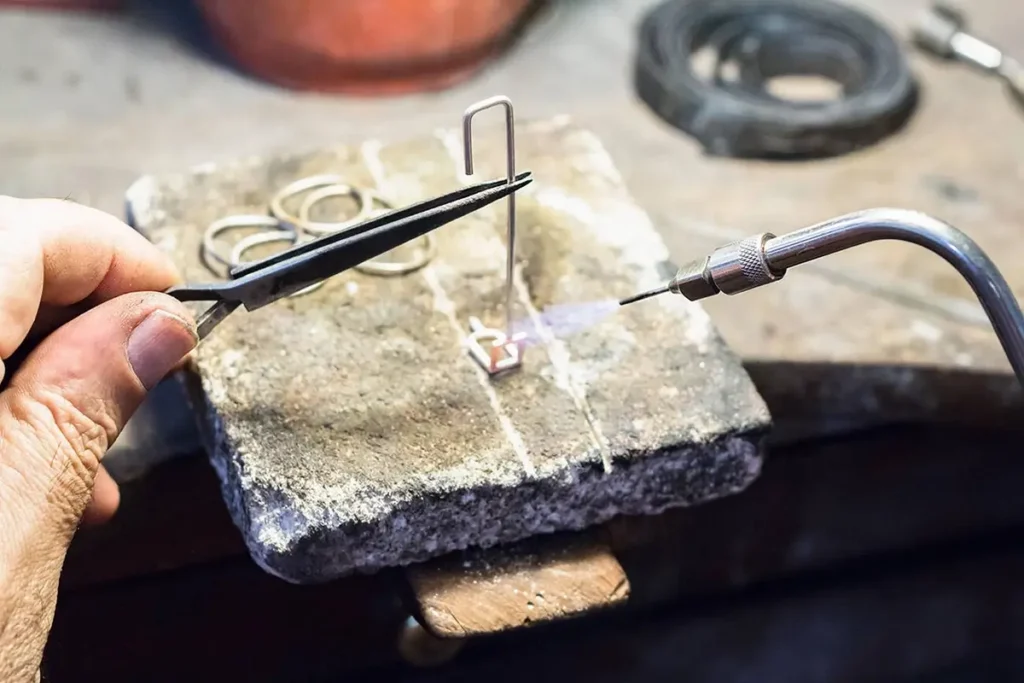
Let’s discuss the must-have hand tools for welding and how to use them effectively.
Clamps
Clamps are the unsung heroes of welding. They hold your workpieces together while you weld, ensuring everything stays in place. Think of them as your extra set of hands. There are various types of clamps, but here are a few you should definitely have in your toolbox:
- C-Clamps: These are versatile and can handle most clamping tasks. They come in different sizes, so having a few is always handy.
- Locking Clamps: These clamps lock into place, providing a secure hold. Perfect for when you need that extra grip.
- Magnetic Clamps: These are great for quick setups and can hold pieces at odd angles.
Always keep a variety of clamps on hand because you never know when you’ll need an extra one. Remember, you can never have too many clamps!
Locking Pliers
Locking pliers are like clamps but more versatile. They grip, twist, and hold parts in place. These pliers come in various shapes and sizes:
- Straight-Jaw Pliers: Great for general use.
- Curved-Jaw Pliers: Better for gripping round objects.
- C-Clamp Pliers: Ideal for holding two pieces of metal together.
Locking pliers are indispensable for welding. They’re the tool you reach for when you need something to stay put without slipping.
Chipping Hammer
A chipping hammer is essential for cleaning your welds. It has a pointed end for breaking up slag and a flat end for scraping it off. This tool ensures your welds are clean and smooth, which is crucial for a strong bond. Use it carefully to avoid damaging your workpiece.
MIG Welding Pliers
MIG welding pliers are specialized tools designed for MIG welding tasks. They serve multiple purposes:
- Cutting Wire: They trim your MIG wire to the right length.
- Removing Spatter: The long needle nose helps clean out the nozzle.
- Tightening Tips: They help adjust the contact tip on your MIG gun.
These pliers are like a Swiss Army knife for welders. They’re small but incredibly useful.
Wire Brush
A wire brush is a must-have for any welder. It helps clean the surface before and after welding, removing rust, paint, and other contaminants. There are different types:
- Hand Brushes: Good for small areas.
- Wire Wheel Brushes: Attach to a drill for larger surfaces.
- Cup Brushes: Ideal for cleaning larger areas and inside corners.
A clean surface ensures a strong weld, so don’t skimp on your wire brushes.
Screwdrivers, Allen Keys, and Wrenches
These basic tools are essential for assembling and disassembling components. You’ll need them to tighten or loosen screws, nuts, and bolts. Keep a variety of sizes on hand because you never know what you’ll need.
Levels and Measuring Tools
Accuracy is key in welding, and that’s where levels and measuring tools come in. Use a spirit level or a laser level to ensure your workpieces are perfectly aligned. Measuring tapes, combination squares, and speed squares help you make precise cuts and measurements.
Safety Equipment
Safety should always be your top priority. Welding exposes you to intense light, heat, and fumes, so proper safety gear is a must:
- Welding Gloves: Protect your hands from heat and sparks.
- Welding Helmet: An auto-darkening helmet protects your eyes from the bright light.
- Safety Glasses: Wear these under your helmet for extra protection.
- Masks and Respirators: Protect your lungs from harmful fumes.
- Protective Clothing: Wear long sleeves and pants made of flame-resistant material.
Invest in quality safety gear. It’s not just about comfort; it’s about keeping yourself safe.
Additional Equipment
Apart from the hand tools, there are a few other items that can make your welding tasks easier:
- Nozzle Gel: Helps keep your nozzle clean and free from spatter.
- Welding Wires and Rods: Choose the right type for your specific welding tasks.
- Fixture Table: Provides a stable surface for your workpieces, ensuring precision.
FAQs
Are hand tools necessary for welders?
Absolutely. While power tools do a lot of the heavy lifting, hand tools are essential for precision and control.
What are some of the hand tools used in welding?
Clamps, locking pliers, MIG welding pliers, chipping hammers, wire brushes, screwdrivers, and measuring tools are all crucial for welding.
Conclusion
Having the right hand tools can make all the difference in your welding projects. They provide the control, precision, and safety you need to produce high-quality work. So, stock up on these essential tools, invest in good safety gear, and get ready to take your welding skills to the next level.
Remember, every tool has its purpose, and knowing how to use them properly will save you time and frustration. Happy welding!

Matthew Dowell
Matthew, a seasoned builder from a family of craftsmen, leads Tools Trove. His passion for tools and decades of hands-on experience fuel his commitment to providing expert reviews and insightful content. Whether you’re a pro or a DIY enthusiast, Matthew’s guidance ensures informed decisions in the world of tools.

